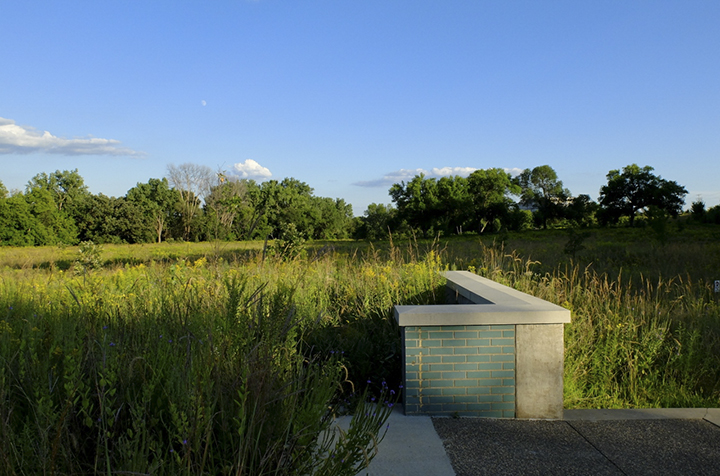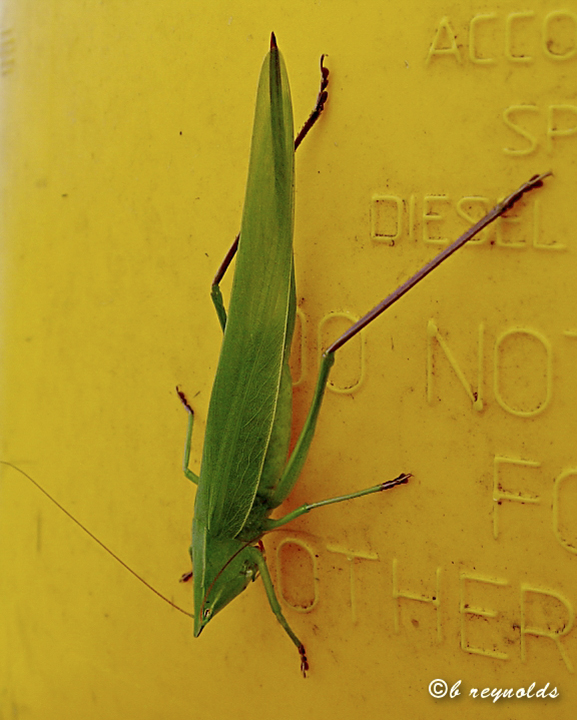Tympanuchus Prairie is a The Nature Conservancy preserve in Polk County. It was acquired with funds provided by the Outdoor Heritage Fund, which was created by the 2008 Clean Water, Land and Legacy Amendment. Its 160 acres of mesic and wet prairie protect habitat for the Greater Prairie Chicken, a species of special concern in Minnesota. is bordered on the east and in part on the north by Tympanuchus Wildlife Management Area (WMA). The southeast corner is adjacent to Thorson Prairie WMA.
Visitors to Tympanuchus Prairie this week (8/28 to 9/3/2016) will see many prairie plants at or near their peak blooming time. These include flat-topped, New England, smooth blue, white heath, and white panicled asters; Maximillian and stiff sunflowers; bottle and lesser fringed gentians; and giant, grass-leaved, late, Riddel’s, and stiff goldenrods. If they are lucky, they may even see a Great Plains ladies’ tresses in full bloom.
http://minnesotaseasons.com/Destinations/Tympanuchus_Prairie.html




